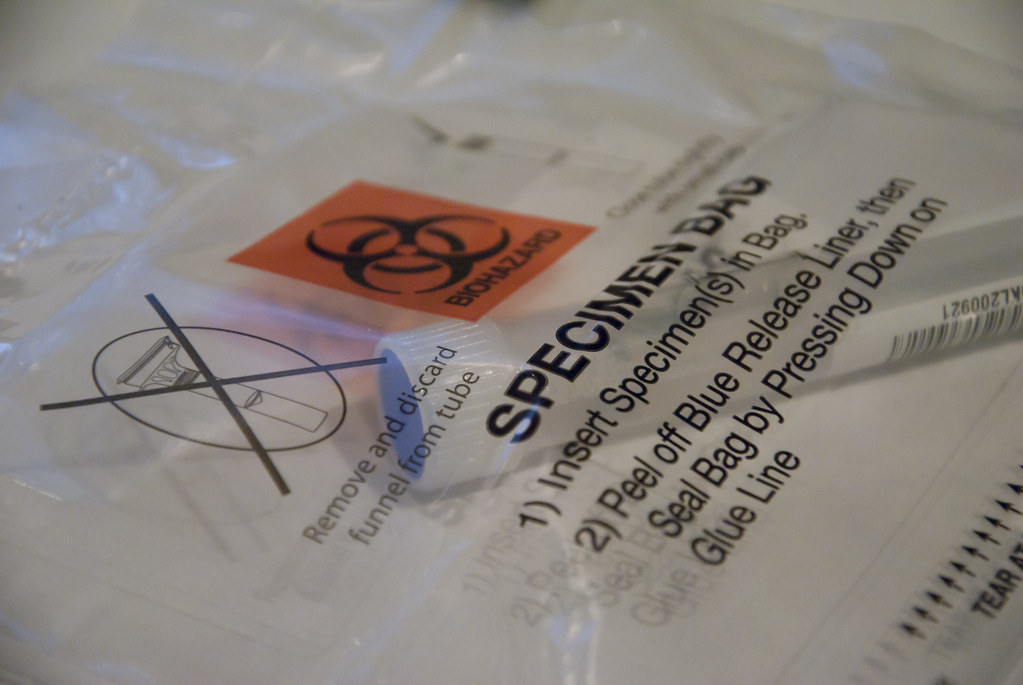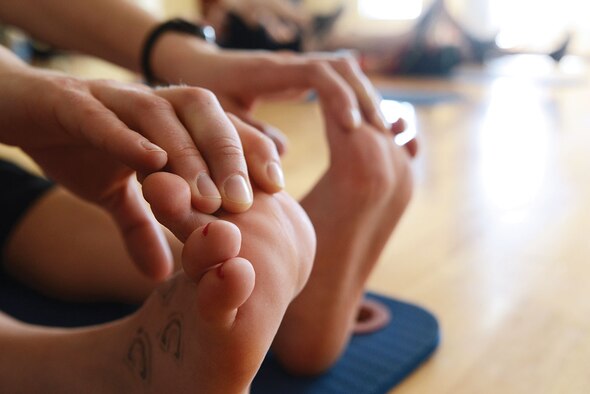Unlocking the marvelous world of genetics has made a huge difference in our lives. Over a decade ago, DNA evidence began to find its way into hundreds of court cases. Eye witness accounts have been proven to be inaccurate and has led to the wrongful conviction of innocent people.
In today’s courts, jurors want to know about DNA evidence, as it doesn’t lie, except in the case of identical twins, triplets, quads and quintuplets. People are often amazed at where forensic experts find DNA left behind by a criminal. It can be found on the back of a licked stamp or envelope flap, the brim of a cup and even from outside of a cigarette butt.
As scientists learned more about the human genome and began detailed sequencing, they learned to identify some mutations that either cause a health condition or leaves someone more susceptible to developing other medical and health-related conditions.
A prime example that’s been in the news lately was the discovery of the BRCA1 & BRCA2 genes that can greatly increase a women’s chance of developing breast cancer. Actress Angelina Jolie who after testing for the mutations, decided to have both of her then healthy breasts removed to reduce her chance of getting breast cancer. Afterwards, Jolie and other women go through a series of breast reconstruction surgeries.
Up until now, the tests have been performed by specialists and can be quite costly, but that is about to change.
Earlier this month, the U.S. Food and Drug Administration (FDA) approved the first direct-to-customer genetic health risk tests. The new tests are known as 23andMe Personal Genome Service Genetic Health Risk tests and the company behind them is 23andMe Inc. They will test for 10 diseases and conditions:
- Parkinson’s disease;
- Alzheimer’s disease (late onset);
- Celiac disease;
- Antitrypsin deficiency (Alpha-1), a disorder that raises the risk of lung and liver disease;
- Primary dystonia (early onset), a movement disorder involving involuntary muscle contractions and other uncontrolled movements;
- Factor XI deficiency, a blood clotting disorder;
- Gaucher disease (type 1), an organ and tissue disorder;
- Glucose-6-Phosphate Dehydrogenase deficiency; a red blood cell condition;
- Hemochromatosis (hereditary), an iron overload disorder;
- Thrombophilia (hereditary); a blood clot disorder.
The company and FDA have worked together to ensure that the tests will be as reliable and accurate as possible. However, with their approval, the FDA warned that it’s still possible to get a false positive test result.
Dr. Jeffrey Sihuren, Director of the FDA’s Center for Devices and Radiological Health commented about the tests, saying:
“Consumers can now have direct access to certain genetic risk information, but it is important that people understand that genetic risk is just one piece of the bigger puzzle, it does not mean they will or won’t ultimately develop a disease.”
In other words, don’t do anything radical as a result of test results without getting a second opinion to either verify the test result or indicate the result may have been a false positive. It’s also important to remember that testing positive for a genetic trait does not mean you have the condition or disease. They may only mean that your chances of developing may be greater than normal, but they may not saying that you do have the condition. That’s why it’s important use them only as a stepping stone to further medical testing or evaluation.








